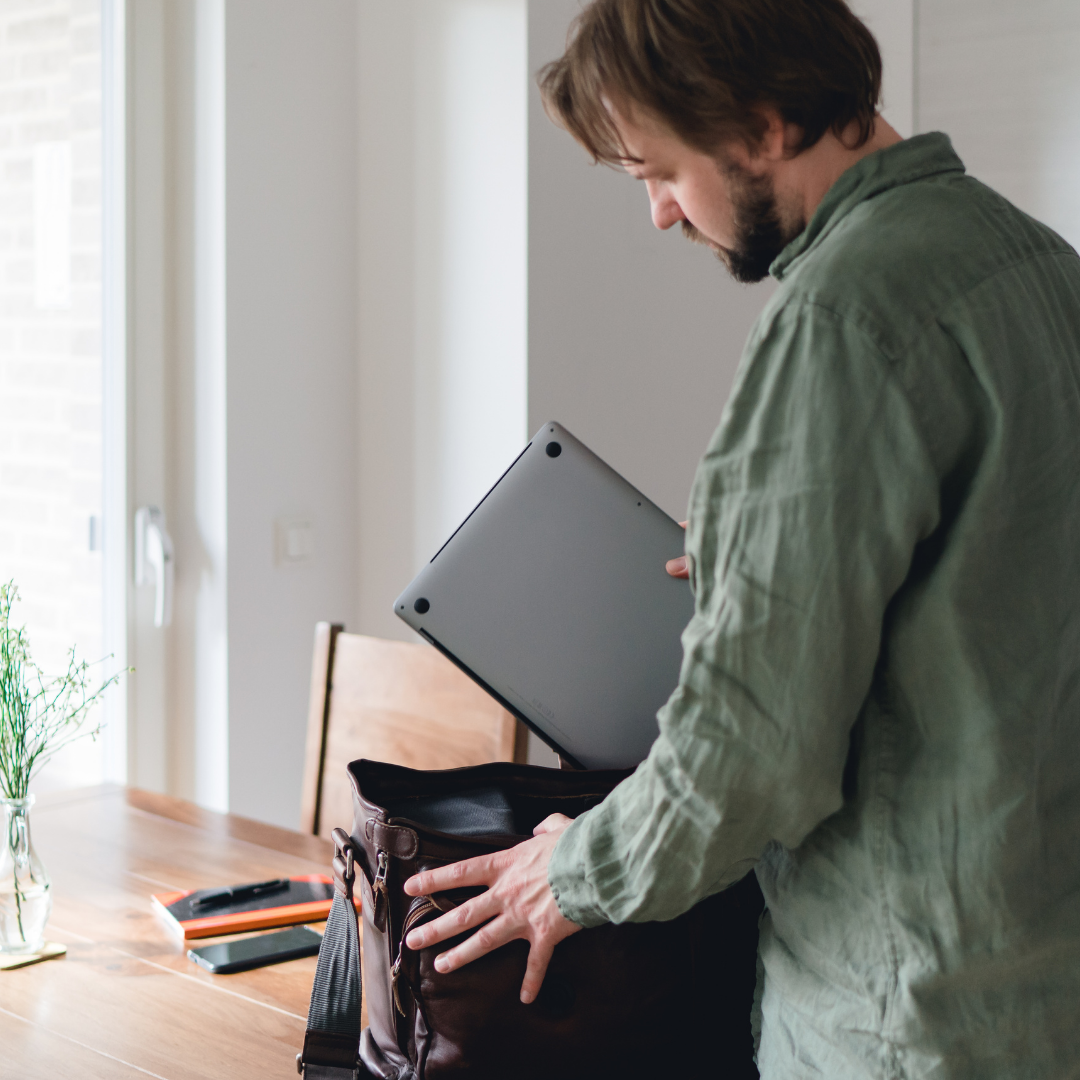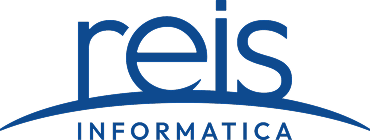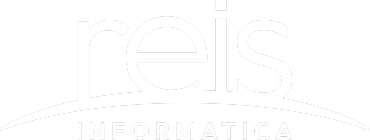
Summer has arrived. Those long hot summer days and evening storms promise both spectacular lightning and annoying power outages. That same heat can interrupt your business if you don’t take steps to protect computers from the summer heat and storms.
Slower processing and unexplained crashes may be a sign that your systems are suffering in the heat. Power surges and outages caused by summer storms can also hurt your devices. Fortunately, with a few simple steps, you can protect vital computer systems.
1. Location
Leave at least two to three inches of room for airflow around each computer, particularly along the back. Invest in simple computer stands or a server rack for even better airflow.
Laptop Tips: Avoid working with your laptop computer on a soft surface (like your lap or bed). On a desk or table, the rubber feet on the laptop will provide room for air to flow under the computer. Other options are to use a small book or even two small rulers to prop up the laptop on soft surfaces.
2. Pay Attention to your Fans
The CPU, graphics cards and other computer components generate a great deal of heat. To reduce that heat, computers come with internal fans to circulate air. Keeping those fans in good working order is essential to a well-running system.
Make sure you:
- Clean the inside of office computers every 8-12 months with a can of compressed air and a small brush.
- At the same time check to ensure that fans are operating. To do this turn on the computer with the case open. There should be two or three fans inside the box.
- If increased cooling is necessary, consider adding a case fan, attached inside the computer to the front or back of the case.
- In many cases, computers come installed with very basic fans. Upgrading to a more efficient fan can increase cooling power.
3. Protect From Summer Heat
Computers work best in a room temperature of no more than 25 degrees celsius, with humidity between 35% and 80%. Resist the temptation to turn off the office air conditioning over the weekend to try and save money.
It is recommended to install a smart thermostat that will alert you if the temperature moves higher than the desired range. Catching an air conditioning problem early can save costly electronic repairs.
4. Power & Data
- Shut down workstations at the end of the day. This not only cools the system but also protects against power surges caused by storms.
- Adjust your power settings and screensaver to switch the system to Sleep or Hibernate mode when not in use.
- Attach an uninterruptible power system (UPS) to critical servers, workstations and other key devices.
- Perform regular backups and verify those backups.

Laptop Tips: Shut down your laptop computer before placing it in a carrying case. The lack of ventilation in the case will quickly heat up the computer. Also, be sure to unplug the charger as soon as the battery is fully charged. The constant flow of electricity will heat up the battery and the computer.
5. Let the Reis Team Help
Summer heat and storms are just two of the headaches that can distract you from your core business objectives. Let us handle your IT and cybersecurity needs so you can focus on your business. With Managed Care Services, you have the security of 24/7 remote monitoring and full disaster recovery.
You can also consider moving to cloud services to reduce the need for computer equipment onsite. With critical data and services stored safely in the cloud, you minimize the risk of data loss. In addition, no matter what storms rage at the office, employees can access mission-critical systems from any location with internet access.
Reis Informatica offers you the expertise you need to help manage and secure your IT and cybersecurity needs. If you think you need help schedule a Complimentary Summer Business Systems Assessment today!

